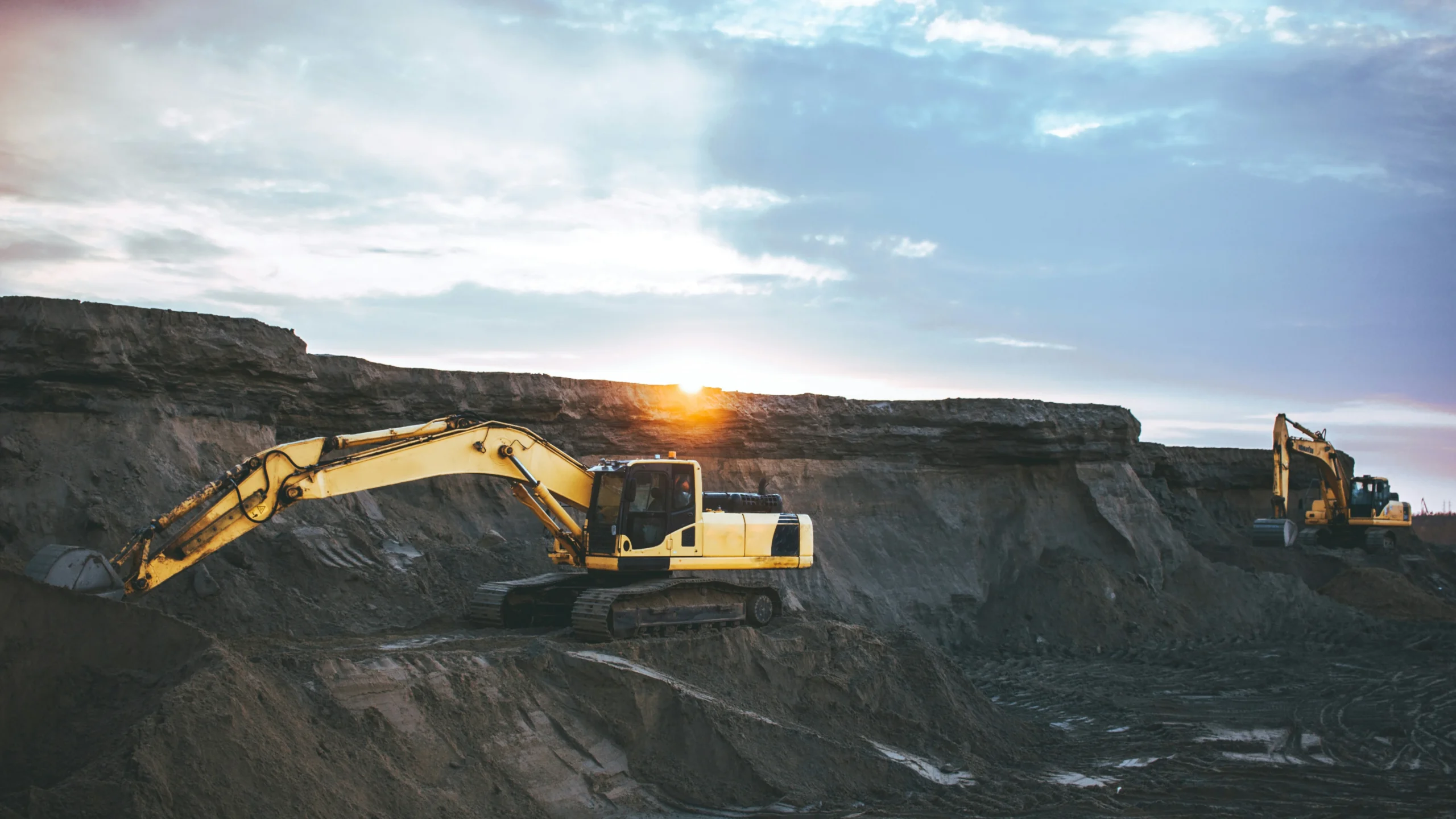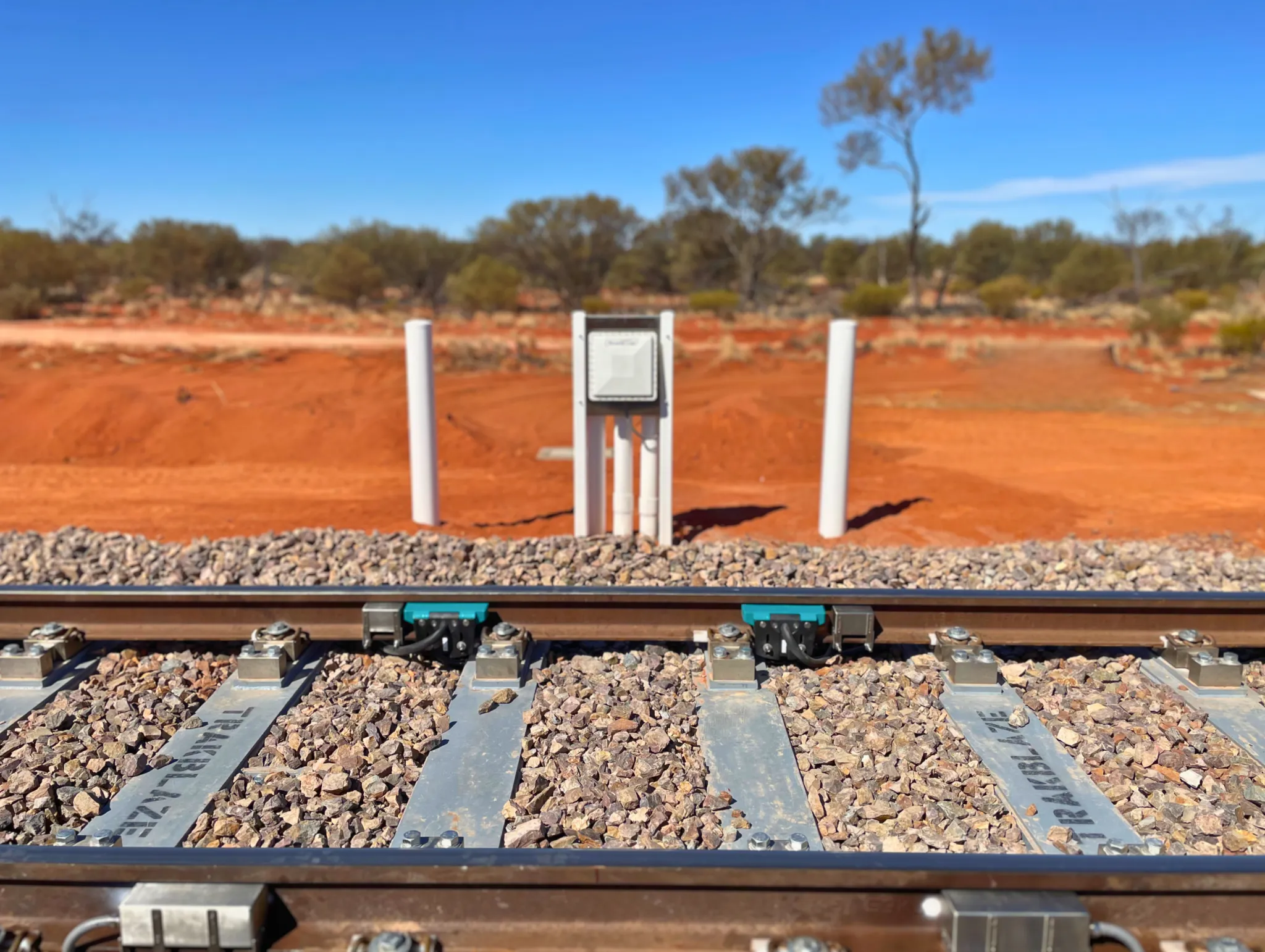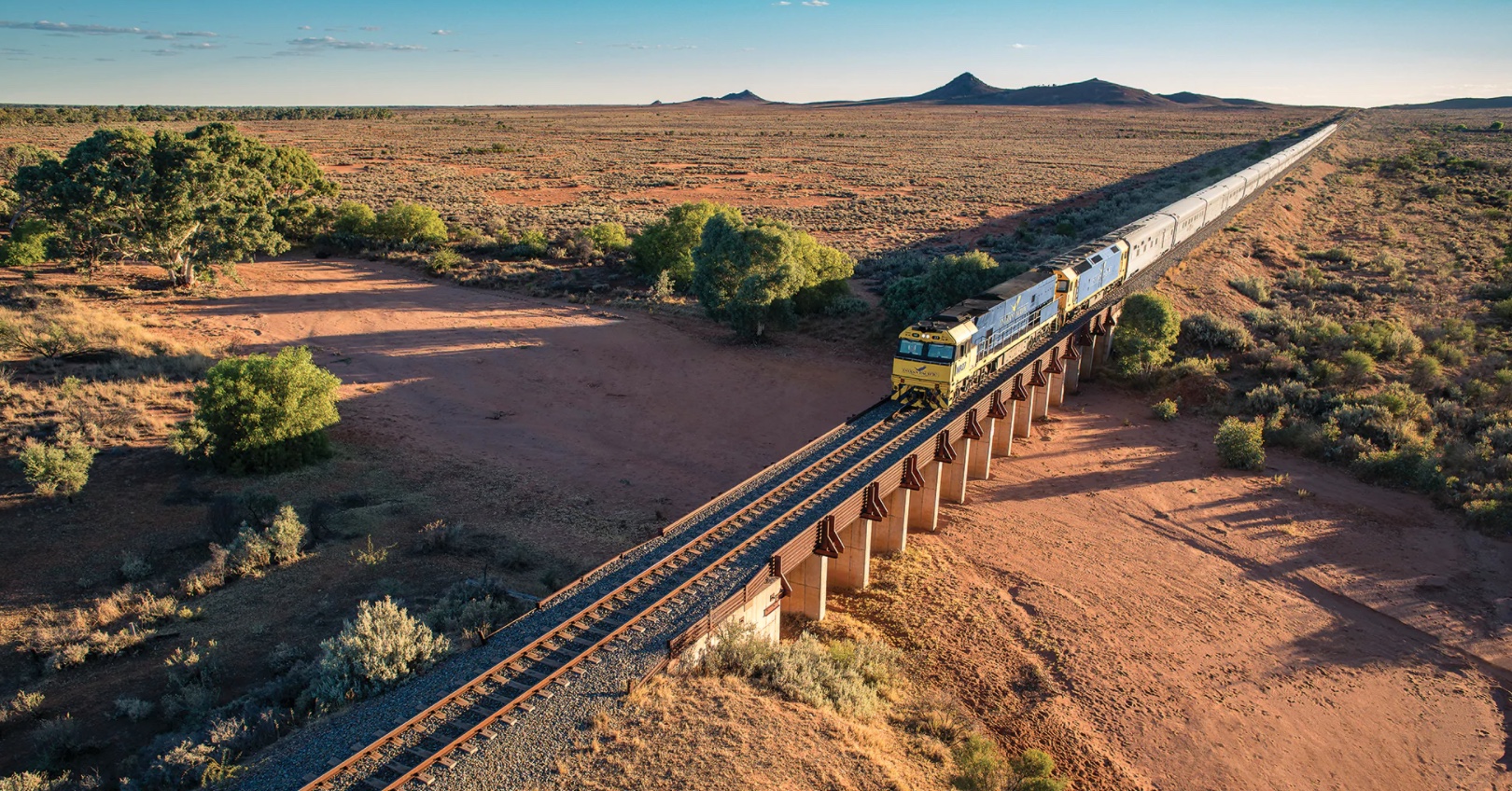At a glance
- Proper site preparation, including soil stability, drainage, and clear vehicle access, is vital for long-term weighbridge accuracy.
- Compliance checks and calibration must be completed before going live to ensure the weighbridge is legally trade-approved in Australia.
- Well-installed hardware and correctly configured software, including load cells, indicators, cabling, and integration, significantly impact accuracy and efficiency.
- Final testing, operator training, and safety protocols confirm the weighbridge is ready for reliable, compliant daily use.
Installing a weighbridge is more than just setting up a platform on-site. How the weighbridge is installed can affect its accuracy, compliance, and safety during daily operations. Partnering with a trusted weighing system supplier ensures the setup is correct, so every load is recorded accurately. It also helps with efficient site management and smooth traffic flow.
On the other hand, improper installation can cause inaccurate readings, compliance breaches, fines, costly breakdowns, and downtime, all of which directly impact operational efficiency and safety.
This guide provides a step-by-step weighbridge installation checklist, covering everything from site preparation to final system testing, so you can confidently launch your weighbridge and keep operations running smoothly.
Site Preparation & Civil Works Checklist
The site needs to be engineered to support heavy loads and maintain accuracy over time. Whether it’s a permanent weighbridge or a portable solution, proper preparation at this stage ensures long-term performance and reliability.
Here are the key checks to complete:
- Soil Stability & Compaction: The ground should be compacted correctly so that the foundation will not shift or settle over time.
- Level Approaches: The entry and exit ramps should be smooth, level, and able to handle the weight of any heavy vehicles and transport scales.
- Concrete Curing Time: Allow the weighbridge foundation to cure fully to prevent cracks or uneven settlement later.
- Drainage Planning: Design proper drainage to prevent water from pooling around the weighbridge and affecting accuracy.
- Space & Traffic Flow: Confirm there’s enough room for vehicle queuing, safe turning, and smooth traffic flow to prevent congestion.
- Environmental Factors: Consider dust, moisture, and extreme temperatures, as they can affect both the weighbridge and its electronics.
Permits & Calibration Checklist
Along with site preparation, every weighbridge in Australia must also undergo calibration and testing checks.
- Weighbridge Compliance Standards: In Australia, all trade-approved weighbridges must comply with the National Measurement Institute (NMI) In some cases, systems may also need to align with OIML international standards, depending on the application.
- Calibration Certificate: Before a vehicle scale can be used commercially, it must be calibrated by an NMI-licensed verifier. A calibration certificate proves the system has been tested and meets the required accuracy for legal use.
- Verification Weights: Keep approved test weights available on-site so operators can check accuracy at any time. This is especially important in industries where small errors can create large financial losses.
- Regulatory Inspection: Depending on the site and industry, a regulatory body or inspector may need to visit and approve the scale before it is cleared for trade operations.
Weighbridge Assembly & Power Connectivity
Once the groundwork is complete, the focus shifts to assembling the weighbridge and ensuring all the systems are connected safely.
- Structure Assembly: Securely bolt and align modules, beams, and load cells to provide a stable surface for weighing. In sites handling rail freight, proper alignment is just as critical for accurate train weighing as it is for trucks.
- Power Supply: Provide steady mains, solar, or generator power with the right voltage and breaker protection.
- Earthing & Surge Protection: Ensure proper earthing of the complete system to protect all the sensitive load cells and electronics.
- Data & Network Connections: Run and protect cabling, ensuring the weighbridge system connects to either LAN, WAN, or cloud-based systems.
- Safety Features: Fit guardrails, bollards, traffic lights, signs, etc., to protect the operator and the driver.
- Lighting: Add clear, durable lighting so the vehicle scale is fully operational at all hours.
- Automation & Control: Incorporate ANPR cameras, intercoms, or unmanned systems to streamline vehicle flow and reduce manual handling.
Software & System Integration Checks
One often-overlooked step in weighbridge installation is the software. Even the best hardware can fail without properly configured software, leading to inaccuracies, downtime, or data gaps.
- Weigh-in-Motion (WIM) a Dynamic Weighbridge Systems: Test the software to assess if it is set up to record weights by axle, while accurately capturing moving vehicles. Solutions like the FORCE 1 – Truck Axle Scale deliver precise axle data, helping operators stay compliant with road regulations and improve transport safety.
- ERP & Fleet Systems: Careful configuration is necessary to test whether the weighbridge readings integrate easily into ERP, logistics or fleet software systems. Perfect integration ensures accurate invoicing, smooth reporting, and fleet management.
- Security & Access: Implement secure access controls, including password protection, role-based permissions, and detailed activity logs. Securing sensitive weight data is critical to maintaining accuracy, accountability, and compliance.
Weighbridge Hardware Essentials
Hardware is just as important as software. They work together hand-in-hand to provide accurate readings. Below are the important hardware components that every weighbridge setup should include:
- Weighbridge Deck & Platforms: Steel or concrete decks support heavy and repetitive loads with long-term integrity.
- Load Cell Technology: At the heart of accuracy, whether in analog or digital form, load cells make sure every weight is measured precisely.
- Weighing Indicators & Displays: Consoles, remote displays, and driver terminals show real-time weight readings, including Gross Vehicle Mass (GVM).
- Junction Boxes & Cabling: Secure and protect the signals from load cells, ensuring reliable connectivity across the system.
- Peripheral Devices: Printers, RFID readers, and card systems streamline ticketing and record-keeping for faster, automated processes.
Operator Training & Safety Preparation
Installing the system is only half the job. The people using it must also be ready. Proper training and safety measures ensure your weighbridge runs smoothly from day one.
- Clear On-Site Signage: Place visible speed limits, entry and exit signs so drivers know exactly how to approach and leave the vehicle scales.
- Traffic Flow Management: Set up lights, barriers, or marked lanes to guide vehicles and avoid confusion or congestion.
- Monitoring Systems: Cameras and displays give operators a clear view of the vehicle scale. Integrated software also provides axle load monitoring to improve safety and compliance.
- Staff Training: Walk operators through each step of weighing and show them how to handle errors in daily use.
- Emergency Protocols: Prepare teams with simple instructions for what to do if the system fails, power is cut off, or equipment needs to be shut down quickly.
Final Pre-Go-Live Testing
Think of this step like a practice run to make sure everything works the way it should in Australia’s tough transport conditions.
- Test Runs with Vehicles: Drive trucks or trailers with known weights over the truck scales. A portable truck scale can also be used during this step to cross-check accuracy and confirm that the system is reading correctly.
- Zeroing Function: After each vehicle, the scale must return to zero. If it doesn’t, the next reading could be inaccurate.
- Consistency Check: Weigh the same truck a few times. The numbers should stay the same every time.
- Capacity Validation: Load it up close to its maximum design weight to see if it can handle the biggest loads safely.
- System Sync Test: Check that the weights recorded on the scale also show up correctly on the screen, printer, and any linked software your business uses.
A weighbridge is only as reliable as its installation. Careful planning, proper calibration, and thorough testing are essential to guarantee accuracy, compliance, and long-term performance. You can trust your weighbridge to deliver consistent results when every step is done right.
Following this checklist helps avoid the common issues that slow projects down, from costly downtime and inaccurate readings to compliance failures. With the right preparation, a weighbridge is ready to handle heavy use while keeping operations safe and efficient.
Trakblaze is a trusted brand in heavy vehicle weighing systems with portable and weigh-in-motion solutions. We deliver expert installation, calibration and ongoing support to keep the truck scales working at their best. Get in touch with Trakblaze today to guarantee your weighbridge system is ready for go-live.
FAQs
How long does it take to install a weighbridge?
For permanent steel deck weighbridges, installation and calibration can typically be completed in about 1 to 7 days. In contrast, concrete deck weighbridges require additional curing time, so full installation and calibration often take around 2 to 3 weeks.
Do I need council approval or permits for a weighbridge in Australia?
Yes, in Australia, most weighbridges require local council approval or permits before installation begins. This often includes planning approval for civil works, foundations, and site access. Also, trade-approved truck scales need to meet National Measurement Institute (NMI) regulations.
How often should a weighbridge be serviced and recalibrated?
Weighbridges should be serviced and recalibrated at least once every 12 months by a licensed verifier to maintain accuracy and meet truck scale installation requirements.
Do weighbridges measure axle loads as well as gross vehicle weight?
Yes, some weighbridges can record both gross vehicle weight and individual axle weights. This is commonly done using axle weighbridge systems, which are specially designed to measure the weight of each axle accurately.




